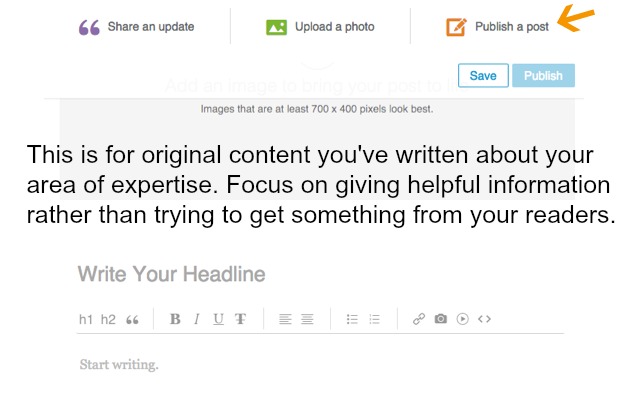
There are many benefits to being featured in local media outlets like cable television shows, community newspapers, or larger print outlets like your city’s main paper or magazine. This kind of exposure can help your clinic to:
- Attract local clients for your services and events
- Connect with local partners, vendors and referral sources
- Increase your credibility with both local and global audiences
Local media professionals are just like anyone else – they do business with people they know, like and trust. And in this case, their business is to write about the key topics in the health and wellness industry, and to feature knowledgeable and trustworthy people in their stories.
One of the first things a media professional will do to vet you as a source is check out your clinic online, including your blog. If they see that it’s consistently updated with new posts about your area of expertise, it shows them that you and your team are just who they’re looking for.
There are many other ways to build relationships with local media professionals. Here are five to get you started:
- Respond quickly to all media inquiries even when they’re not an exact fit. Do your best to connect them with someone else, and then record their contact information so you can keep in touch!
- Build on this list by adding the names of any journalists whose work you admire, or who have covered wellness or health stories. Tip: Create a private or public Twitter list for local media (see #7 on this list of ways to use Twitter lists).
- Contact these folks directly if you have an idea that might interest them. See PR and marketing specialist Janet Falk’s sample letter for a byline article.
- Monitor social media hashtags, your own Twitter lists, and email services like Help a Reporter Out for specific requests from journalists.
- Practice the four networking basics (be visible, be positive, help out, and educate). You never know when one of your colleagues will get a call from the media that isn’t right for them, but is perfect for you!
So you’ve been blogging regularly, you reached out to a reporter, and found yourself featured in an article or show – congratulations! Now make the most of that priceless exposure by telling the world.
You can distribute printed copies of a newsletter or magazine article, and share links to online posts and video clips. Add these to your email signature, social media profiles, and website. Looking for more ideas? Janet Falk has an abundance of creative ways to promote your celebrity status.
How could being a local celebrity attract new clients to your wellness clinic?
This is an updated version of a previous post: https://www.contentmasteryguide.com/2009/08/how-to-use-article-marketing-to-tempt-local-media.html.
P.S. If you liked this post, you might enjoy the Blogging Tips newsletter, delivered weekly to your inbox! Sign up here.





